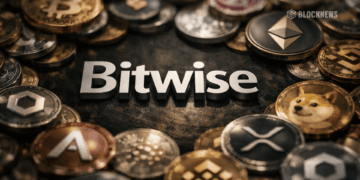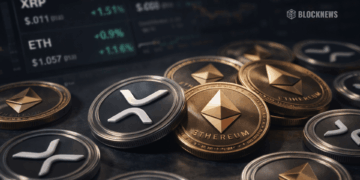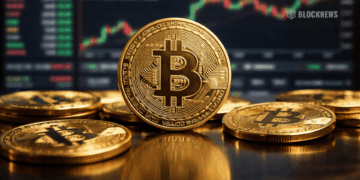As crypto adoption continues to take shape around the world, particularly in emerging economies, debates on regulating the space are also shaping up. The latest contribution to the crypto regulation debate comes from the Financial Stability Board (FSB), a collection of central bankers and financial regulators from across the G20 countries, which says that stablecoins are not stable.
The board said this on October 11 when it released its proposed framework on international regulation of cryptocurrencies and related activities. The FSB also issued top-level recommendations for regulating digital currencies, promising to release a final, more detailed report in mid-2024 after public participation and consultation.
No Stablecoin Currently Meets Required Standards – FSB
The FSB – a financial research and policy organization led by senior central bankers and regulators from the world’s largest economies, does not make binding rules. However, the two reports released by the board on Tuesday are aimed at persuading “policymakers and financial institutions across the globe” to come up with clear regulations to guide the crypto space.
The first report is a set of high-level recommendations for regulating crypto assets and related activities, which the board plans to finalize next year after consultation and gathering opinions from the public. The other is a warning about stablecoins and other cryptocurrencies, giving a detailed assessment of how issuers of stablecoins should broadly meet the standards criteria agreed upon by the G20 in 2020.
The board pointed out that the crypto market’s rapid growth “could reach a point where they [crypto assets] represent a threat to global financial stability.” FSB noted that their “scale, structural vulnerabilities, and increasing interconnectedness” with the regulated financial system calls for comprehensive regulation proportional to their risks.
“An effective regulatory framework must ensure that crypto-asset activities are subject to comprehensive regulation, commensurate to the risks they pose while harnessing potential benefits of the technology behind them.”
The FSB cited the collapse of Terra’s algorithmic stablecoin (UST) in May to highlight the” high risk of loss and potential fragility of stablecoins” casting doubt as to how “stable” they are. According to the board’s Consultative Report on Regulation, Supervision, and Oversight of “Global Stablecoin” Arrangements:
“The collapse of UST points to its flawed arrangement, including its algorithm, and underscores, more generally, the inherent difficulty of designing a robust stabilization mechanism based on an algorithm and arbitrage strategy involving assets with no inherent value.”
Citing the 10 “High-level Recommendations” on stablecoins endorsed by the G20 in 2020, FSB claims that no stablecoin currently meets the standards set for this category of digital assets. According to the board, most stablecoins “do not have credible mechanisms to support their promise of price stability.”
The report also touched on the limits on redemptions in most stablecoin ecosystems, including the ability to delay or deny them. FSB observed that most users must sell their stablecoins on trading platforms to liquidate them. As such, the price may drop below the value of the currency the stablecoin is pegged to.
The FSB also debunked the way stablecoins manage to maintain their peg under stressed market conditions, saying: “most stablecoins enable arbitrage activities of market participants and to a considerable extent rely on them,” and that it’s unclear how that would hold up under adverse financial conditions, “raising questions about the effectiveness of the stabilization mechanisms in supporting a stable price at all times.”
The board recommends that the same rules banks currently follow be applied to stablecoins. The U.S. Congress has also proposed this approach. In a shorter report titled International Regulation of Crypto-asset Activities, the FSB offers the “same activity, same risk, same regulation” approach to cryptocurrencies; a system similar to the one taken by U.S. regulators, including the Securities and Exchange Commission (SEC) and Commodity Futures Trading Commission (CFTC).
Note that the proposed rules are open to public comments until December 15, 2022, paving the way to the publication of the final recommendations in mid-next year.














